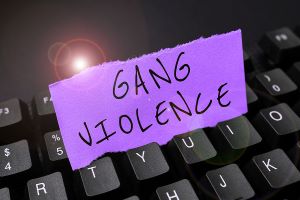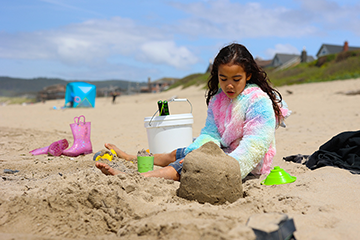 A new study published in the Journal of Child Development looked at moral reasoning about gang violence by children and adolescents exposed to maras in Honduras and not exposed in Nicaragua.
A new study published in the Journal of Child Development looked at moral reasoning about gang violence by children and adolescents exposed to maras in Honduras and not exposed in Nicaragua.
“My interest in child moral development and community violence involving gangs comes from my own personal experiences growing up,” study author Franklin Moreno told us. “My study is about how children and adolescents morally evaluate and reason about acts of physical violence associated with gangs that impact the communities they live in. That is, when judgments act of physical harm, what concerns and concepts did they use to inform their judgments if such acts were alright or not alright.”
Moreno was primarily interested in seeing if judgments and reasoning varied by gang context and whether or not their exposure to the actual gang violence was associated with how they evaluated the situations.
“My research is informed by a social-domain approach to moral development,” Moreno told us. “Accordingly, children develop social, moral, and personal domains of knowledge that inform their evaluations of the social world. And that these domains of knowledge develop through their interactions with the social world, as opposed to passively internalizing what is morally right or wrong from authority figures or the external world.”
Morena expected the results to show children and adolescents would use different concerns and concepts associated with how they interpreted the specific situations of violence they were judging. In other words, how they understand the contexts of specific acts of physical violence helps inform their evaluations of said acts. For instance, one expectation was that children and adolescents exposed to the gang violence would possibly use different concerns in evaluating the acts of violence compared to youth not exposed to the violence because of their more intimate knowledge of the gang violence.
“The situations presented to the study participants were carefully designed to examine judgments and reasoning about physically harming others,” Moreno told us “Each situation was carefully thought out to examine specific conditions of physical harm, the type of physical harm, and who was involved. These specificities allowed to examine the judgments and concepts more thoroughly. Comparing youth exposed to the gang violence with youth not exposed to the violence also allowed to see if direct experience may be associated with their moral evaluations.”
The study’s major findings revealed that youth from both exposure groups evaluated unprovoked acts of physical harm as wrong for moral reasons, especially given that youth in San Pedro Sula, Honduras have been exposed to chronic levels of community violence involving gangs.
“These results highlight how under general conditions, children and adolescents prioritize the well-being of others in judging acts of physical harm as wrong,” Moreno told us.
Other major findings were that judgments and justifications about physical harm by both exposure groups varied by gang context. In some contexts, gang-exposed youth were more likely to endorse harming a rival gang member, whereas no differences were found by exposure group in other contexts. Contrary to expectations, few differences were found by age group, suggesting that older children and adolescents considered similar concerns and concepts when evaluating the situations involving gangs. And few differences were found by gender.

“I was somewhat surprised to the limited findings between youth exposed and not exposed to the gang violence,” Moreno told us “Youth from both exposure groups expressed a variety of concerns in their moral evaluations in either approval or disapproval of physical violence. For instance, some forms of violence were judged as having protective factors in conditions of insecurity, while others were endorsed out of fear. It is, thus, important to examine how children and adolescents understand the contexts of violence they are morally evaluating.”
Moreno believes it’s also important for scholars studying child development and exposure to violence to be clear on the type of violence youth are exposed to, such as gang violence or police violence, and to not conceptualize community violence as a general phenomenon.
Patricia Tomasi is a mom, maternal mental health advocate, journalist, and speaker. She writes regularly for the Huffington Post Canada, focusing primarily on maternal mental health after suffering from severe postpartum anxiety twice. You can find her Huffington Post biography here. Patricia is also a Patient Expert Advisor for the North American-based, Maternal Mental Health Research Collective and is the founder of the online peer support group - Facebook Postpartum Depression & Anxiety Support Group - with over 1500 members worldwide. Blog: www.patriciatomasiblog.wordpress.com
Email: tomasi.patricia@gmail.com